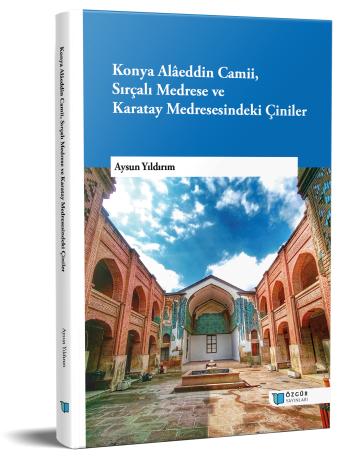
Tile Omamentations in Konya Alâeddin Mosque, Sırçalı Madrasa and Karatay Madrasa
Synopsis
With Turks destination to Anatolia, their art accumulations kneaded with cultural values is reflected in the works of art in many areas. Dating back to the Uighurs, china is first observed in Celâleddin Hüssein Tomb (1152) and on the remaning of minaret Bukhara (1127). Little square chinas and one coloured glazed chinas were found in excavations in Ghazni. The oldest examples of blue glazed kufi inscriptions are found in minarets of Seljuks. From XIII century’s work located in Konya, Alâeddin Mosque, Sırçalı Madrasa and Karatay Madrasa has a very important place in china decoratios and adornments. Besides geometric and floral decorations the inscriptive ornaments are dominant in these art works. In these structures, motifs mainly rûmî, hilly, leaves and branches are formed in ornaments are coloured as turquoise, navy, cobalt blue and eggplant purple. In the works of following years developments are observed due to the change in technic, art and adornment.

